No no, please don't say the term German- Deutsch was used (Deut+'ish'), is used, and always was used by Germanic peoples (it's Indo-European). it may not have designated a state or language at the time, but neither did Germania! we are not Latin, therefore we should use correct language, which is based in the cultural language itself. Deutsch comes from Deut / Teut - 'tribe', 'people', not Teuton- the only thing 'Teutonic' are Teutons and those identifying with the Teutons, so yes 'Teutonic' would be wrong... nobody here is using that term
I will reply to your detailed request, Cmacq, when I get some time, unfortuantely that is not now.
btw, Tacitus' relation of Aesti to speaking a Celtic language shows his ignorance more than anything. The Aesti, like the Lusatian culture, or West Slavic, all might resemble nearby cultures and yet NOT be of those. I wholly agree that Old Prussian and the Balto-Slavs (specifically Balts) do not get the attention they deserve.
btw, please DO NOT give us more 'common conception' and internet sources on theoretical cultures such as these, because they may help YOU prove that people have ideas based on nonsense (such as that found in wikipedia)- but there is very little academic foundation in some of those sources. You can if you want, I suppose, but you won't convince any of us who have actually opened up books from universities rather than using wikipedia. I'm serious now- looking at that inappropriate bulk copy/paste and using it as any kind of argument really offends my senses. Everybody knows about Wikipedia, we don't need help seeing THAT easily accessible and inaccurate pop-information. Anyone got a Germanics For Dummies too? If Wikipedia gets something right, then good for them, but that unique and coincidental occurence has nothing to do with their database of user-input and generalization.
If you want to add your opinion, ect. that's cool. wikipedia as spam or proof is not.






 Reply With Quote
Reply With Quote
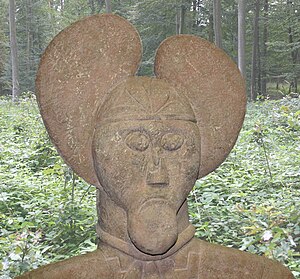
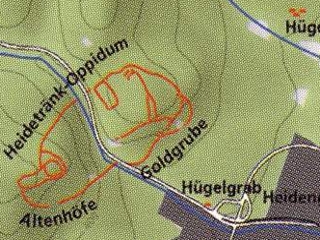
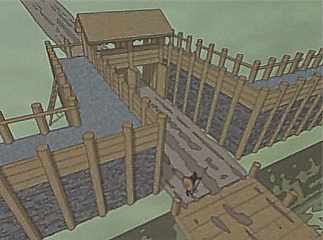


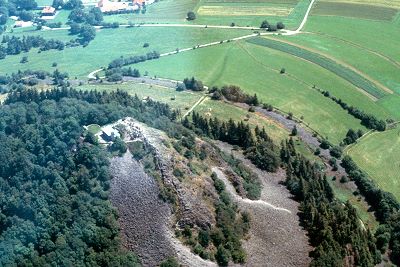
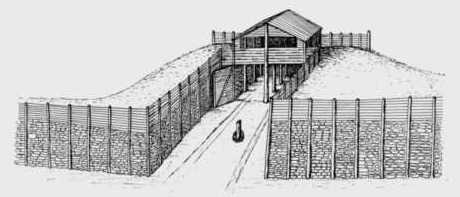




 ..sorry but I got that impression ..
..sorry but I got that impression ..
 .
. .
.




 7x
7x 3x
3x
 .
.
Bookmarks